The Spells: A Ghost Story of the NYC Underground, and a Lost Album Found
New York in the late 90s was a strange, electric twilight. In that special, moody scene, the Austin-formed trio The Spells—Nicole Barrick (guitar, vocals), Marisa Pool (bass, vocals), and Leni Zumas (drums)—found their home. After forming in 1995, they dissolved in NYC just three years later.
Their only album, ‘The Night Has Eyes,’ was recorded in November 1997 by Greg Talenfeld (Pavement, Jon Spencer Blues Explosion) but was never released—until now, thanks to Garganta Press. Listening to it nearly three decades later is like opening a time capsule from an alternate history of underground rock. You can hear their ragged punk roots, haunted melodies, and flashes of PJ Harvey’s sonic influence.
The band emerged from a vibrant pre-Y2K scene that also gave rise to future stars like Jonathan Fire*Eater, The Walkmen, and the Yeah Yeah Yeahs. Yeah Yeah Yeahs guitarist Nick Zinner contributed a series of photos featured in the release’s 16-page booklet, while designer Will Kinser of New Dark Age handled the striking deluxe packaging for this long-overdue release.
The city’s underground was a messy, thrilling sprawl of artists and outcasts chasing something unsellable. The Spells were part of that secret history, and their only album is filled with jagged and beautiful songs. Stitched together from late-night gigs at CBGB and Meow Mix, these songs capture a world where people were truly part of a scene.
Nearly three decades later, ‘The Night Has Eyes’ emerges like the glorious ghost of the underground. It never dies, it just gets buried. Sunk under a pile of cheap vinyl and forgotten flyers. You think it’s gone, a footnote in some dusty zine, but it’s never really gone. It’s down there, a faint pulse in the dirt, waiting for some lonely lunatic to dig deep enough and find a trace of what once was. A single, beautiful, jagged trace that proves it was all real.
“By the time we got to New York we were more garage-y and moody, wearing our love of PJ Harvey on every sleeve.”
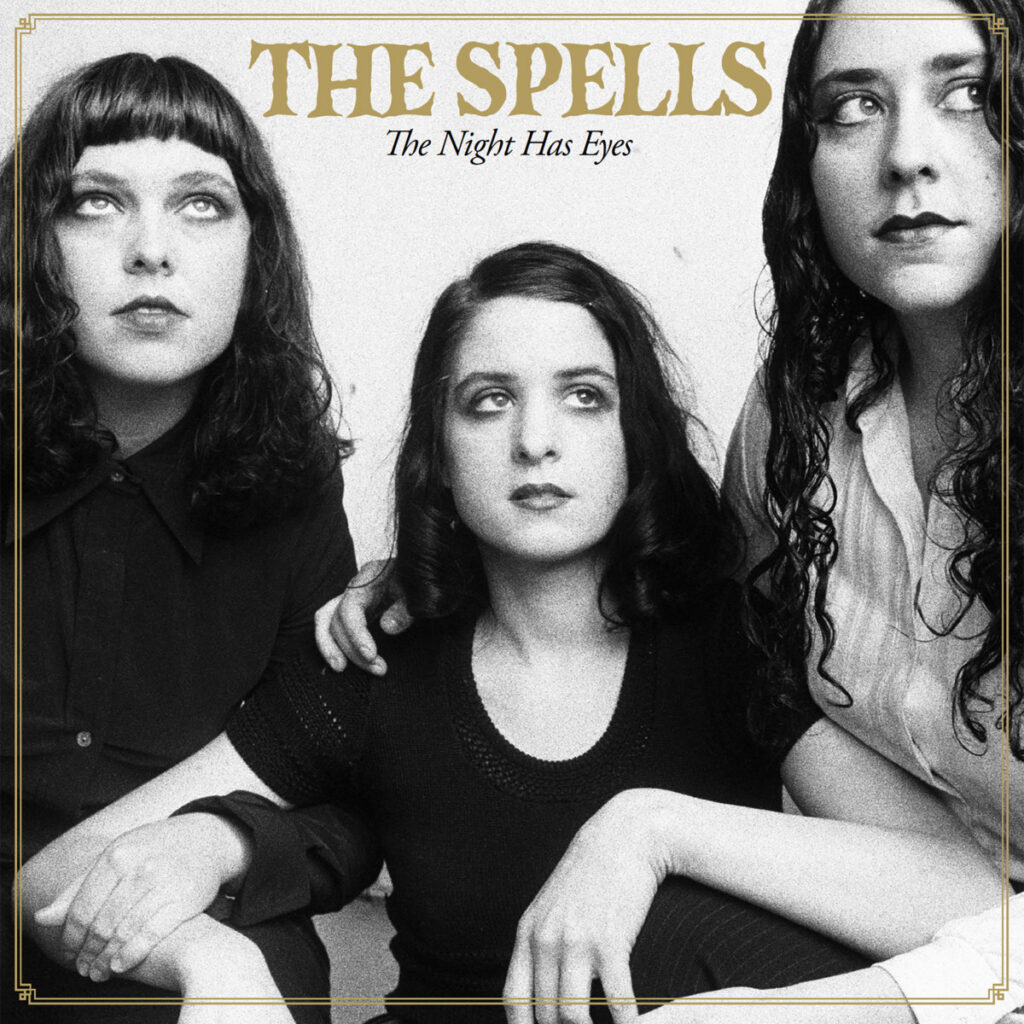
Your origin story is unique, starting as The Red Scare in Providence before moving to Austin and then to New York City. Could you describe how the sound of the band evolved with each location and lineup change?
When we first started playing, we were straight-up punk rock, kind of sloppy and melodic. Right after moving to Austin, we suffered a brief phase of what could be called alt metal. By the time we got to New York we were more garage-y and moody, wearing our love of PJ Harvey on every sleeve.
The Creem essay mentions a “moth” scene in late 1990s NYC, a group of goth or mod dark garage rockers. Do you feel that description accurately captures the musical community you were a part of? What were the other bands like in that scene?
We never used the word “moth” (none of us had even heard it before the CREEM piece) but that description does capture the atmosphere. Any scene or “moment” is more legible after the fact. During the experience, you’re just hanging out and trying to get shows, sometimes feeling like you belong and other times feeling like you totally don’t. Some of the bands we liked and felt a sonic and aesthetic affinity with were Stiffs, Inc., Congo Norvell, Gunga Din, Challenge of the Future, Jonathan Fire*Eater, and The Softs. Josh Deutsch, who played violin on our record (and would later be in Gang Gang Dance), lived right around the corner from us. We played often at Arlene’s Grocery, Brownies, CBGB, The Continental, and Meow Mix, and less often at places like the Knitting Factory and Tramps. Our favorite bar was Sweetwater Tavern in Williamsburg.
If we would step into your teenage room, what kind of records, fanzines, posters et cetera would we find there?
Marisa: Bad Brains, The Cure, a 4AD compilation that changed my life. I was in a Christian household and wasn’t allowed to have much on my walls, but I did have a Depeche Mode poster.
Nicole: Bauhaus, The Selector, and NWA.
Leni: A bunch of Dischord records — Rites of Spring, Dag Nasty, Kingface. A Cynics flyer. Also, embarrassingly, a poster of James Dean.
Your album, ‘The Night Has Eyes,’ was recorded by Greg Talenfeld in 1997. What was the recording process like with him? Were there any specific influences you were trying to capture in the studio?
We wanted a very live sound, not too clean, with shimmery guitars and swampy low end. Greg was an amazing engineer and producer. He understood exactly what we were going for and made it easy. He’s an incredibly nice guy, and he was never condescending, which was frankly rare back then. Sexist attitudes toward female musicians were more socially acceptable (and blatantly expressed) in the 90s than they are today.
Your album is being released in 2025, nearly three decades after it was recorded. What is it like to revisit this music now, after so much time has passed? Does it feel like a “postmortem release” or a “debut LP that was simply delayed”?
It feels like something that was beamed in from another planet, like hearing other people play songs that used to be yours. Ultimately, we see it as a new release, just one that’s been buried deep in the soil, waiting for its moment.
The PR text mentions that your album packaging features photos by Nick Zinner of the Yeah Yeah Yeahs. What was your relationship with him and other notable musicians in the scene like The Walkmen and Jonathan Fire*Eater?
Matt Barrick, the drummer from Jonathan FireEater and The Walkmen, is Nicole’s brother, so we’d known those guys for a long time. We toured with JFE, and a few songs on ‘The Night Has Eyes’ feature Walt Martin on organ. We met Nick at one of our shows. At the time, he was in the band Challenge of the Future (before the Yeah Yeah Yeahs) and he lived near us in Williamsburg.
The Spells broke up before ‘The Night Has Eyes’ was even mastered. Can you talk about the decision to disband at what seems like the precipice of potential success?
A couple of us had some bad habits that got worse, and we had to stop playing. That breakdown and breakup is a “what if” that will always feel thorny and melancholy, even though it ruptured our lives in ways that made room for new, good things.
Marisa, you went on to play in several Austin bands including Suspirians. How does your experience with The Spells inform your current musical projects? What has changed for you as a musician?
I was so heartbroken about the breakup of The Spells that it drove my desire to make another album, to do whatever I could to keep playing music. As far as how the band shaped me, I learned a lot from Nicole and Leni. I looked up to them. Seeing Nicole sing was part of how I found my own voice. I’d already been in Speed Queens (a 90s Austin band) but I wasn’t involved in the songwriting process. In The Spells, we all shared the writing.
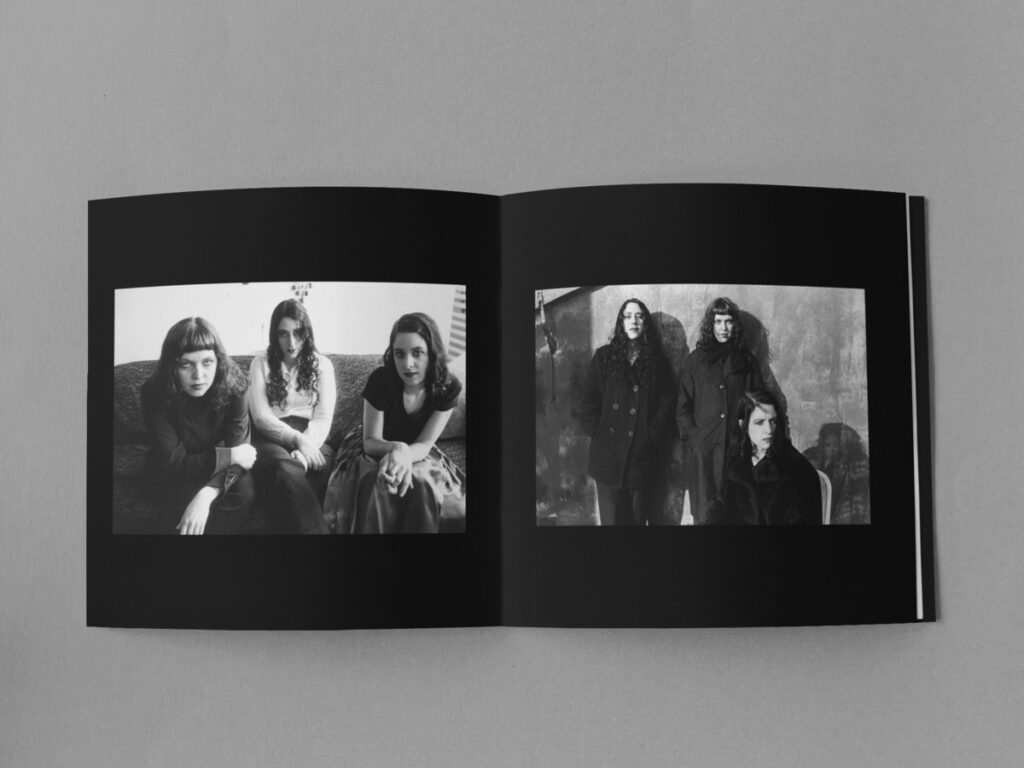
Nicole, you are now an artist, restaurant owner, and witch who worships nature. How did your post-band life take this path, and do you see any creative connections between your work in the band and what you do now?
Nicole: Playing music was very formative for who I am. I’ve always been a painter, too, and those two fields of intertwined melody, texture, and rhythm — one visual, one acoustic — are deeply linked for me.
Leni, since the band, you have become a successful author. How, if at all, has your experience as a musician influenced your writing career?
Leni: One cool thing about playing in a band that had no commercial success whatsoever was that I learned what it felt like to make art that is meaningful, exciting, and valuable in its own right, without fame or profit. As a writer, I have to confront the same questions I did as a musician: why am I doing this? What makes it worth it? If nobody buys my book, if my book doesn’t get awards, if I’m not being praised on Instagram, does that — should that — change how I perceive the value of my work? I feel lucky to have played music at a time before social media. A lot of people who do any kind of art today feel pressure to act as their own brand ambassadors. They spend just as much time selling themselves online as they do making the work. The pressure is so ubiquitous it’s almost invisible by now. It’s just become, sadly, what everyone does.
The album’s finally dropping this Halloween. We’re so excited to hear it. How about we go through the tracklist together? For each song, can you give us a small glimpse into the story behind it?
Thank you!
‘Lilith’: An ode to that archetypal witchy and demonic woman.
‘Vanishing Act’: We were heavily into tarot back then, and this song was about the Magician card.
‘Snow White’s Coffin’: This was the nickname of a 1950s record player (the SK4) because of its transparent lid.
‘Yumiko’: The name of Nicole’s best friend in elementary school.
‘Isadora’: A feminist murder ballad.
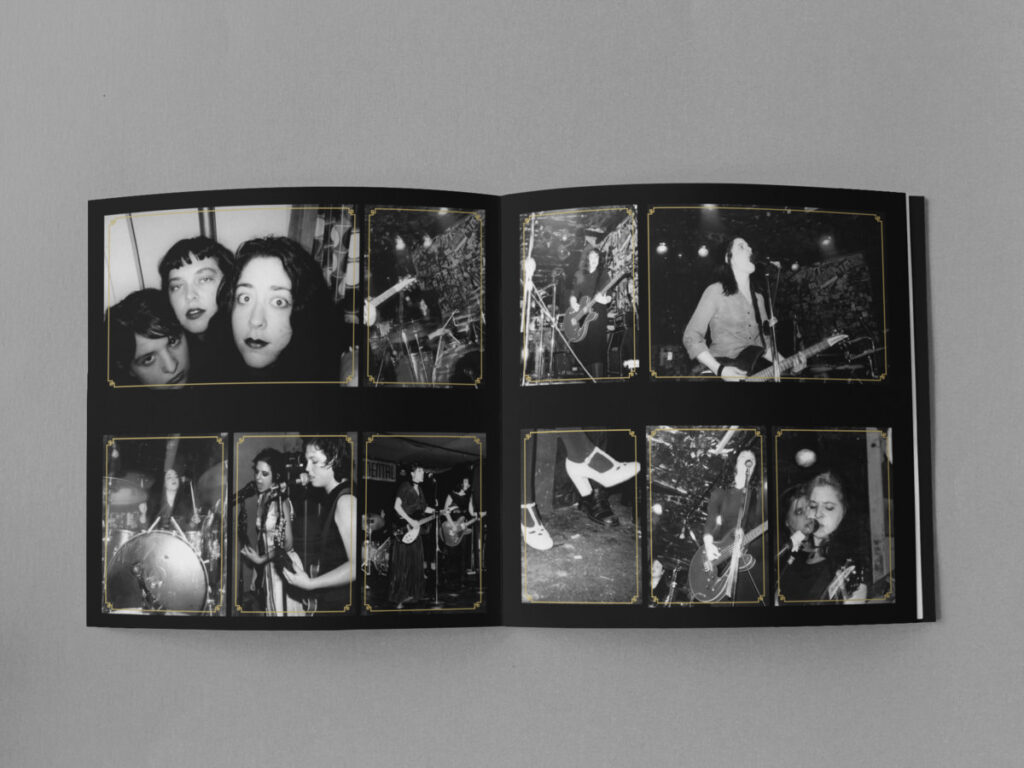
Thinking back to the band’s brief but impactful existence, what is one memory from that time that stands out to each of you as a defining moment for The Spells?
A lot of our favorite memories are from being on tour — gambling on a riverboat casino in Iowa, hanging out with Kat Bjelland from Babes in Toyland (our idol) in Minneapolis, running out of gas at two a.m. in rural Pennsylvania in the pre-cellphone era.
New York highlight: opening for Blonde Redhead at Tramps on Halloween.
New York lowlight: at one of our Meow Mix shows, we were thrilled to see Elliott Smith standing in the back, but two songs into our set, devastatingly, he left.
Klemen Breznikar
Headline photo: The Spells
The Spells Bandcamp
Garganta Press Website / Facebook / Instagram
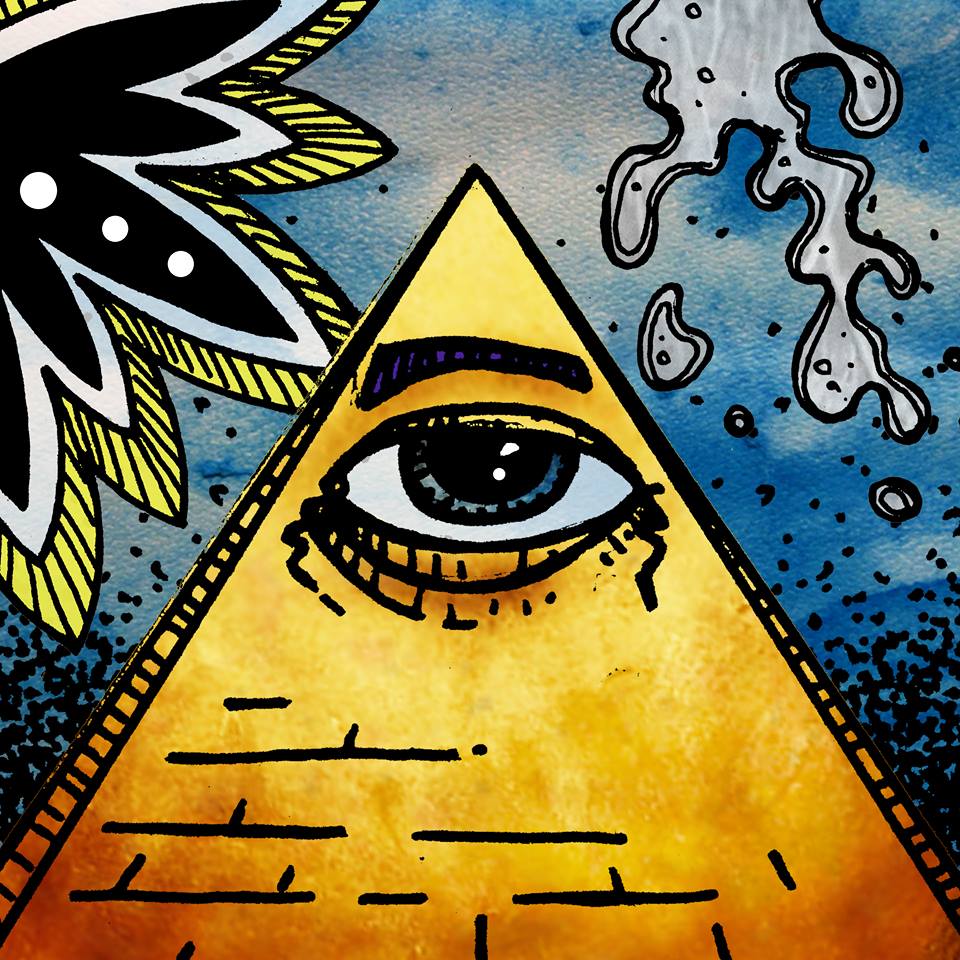
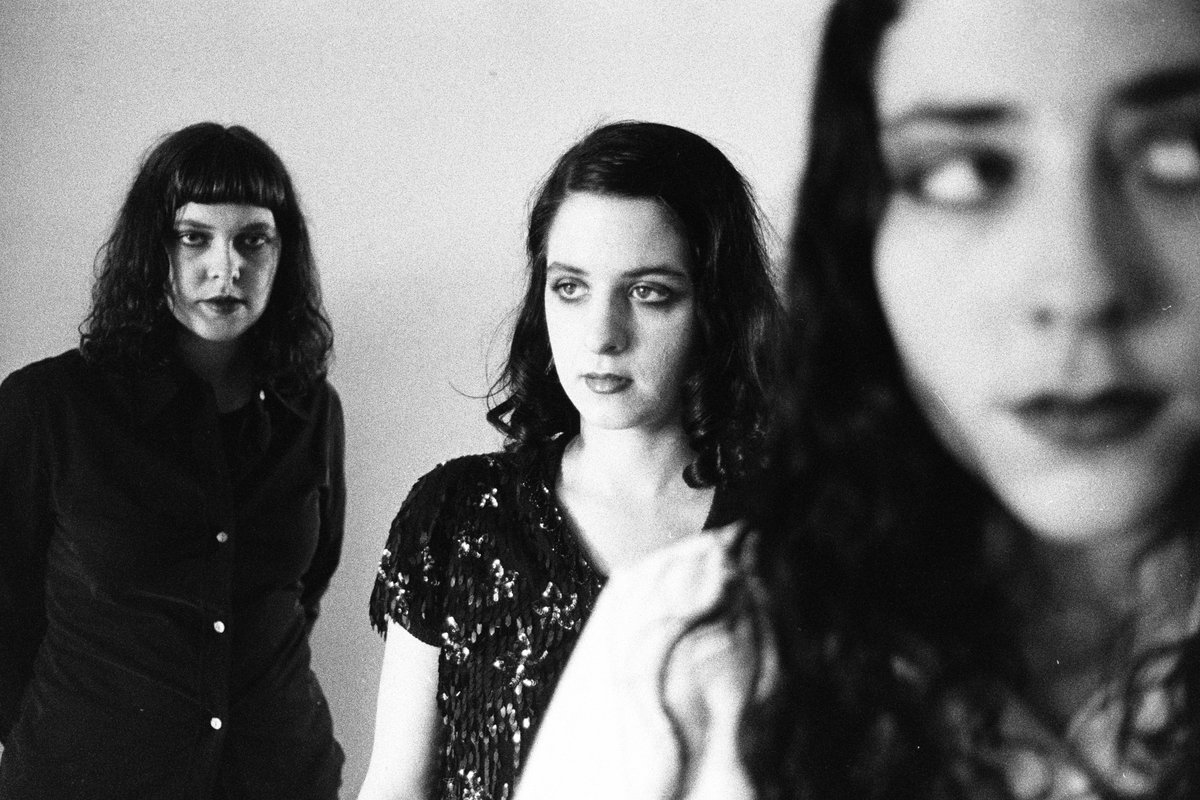
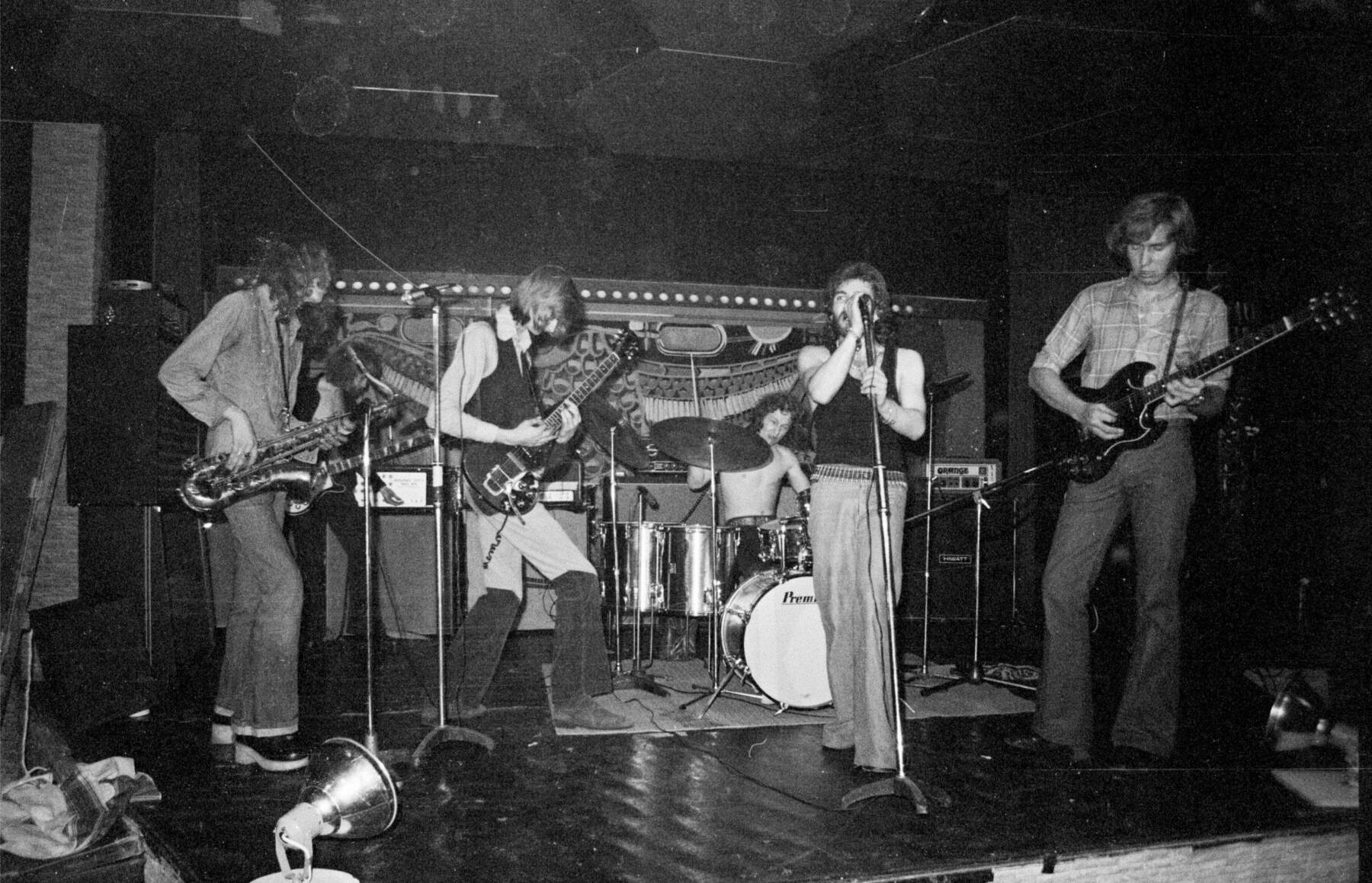
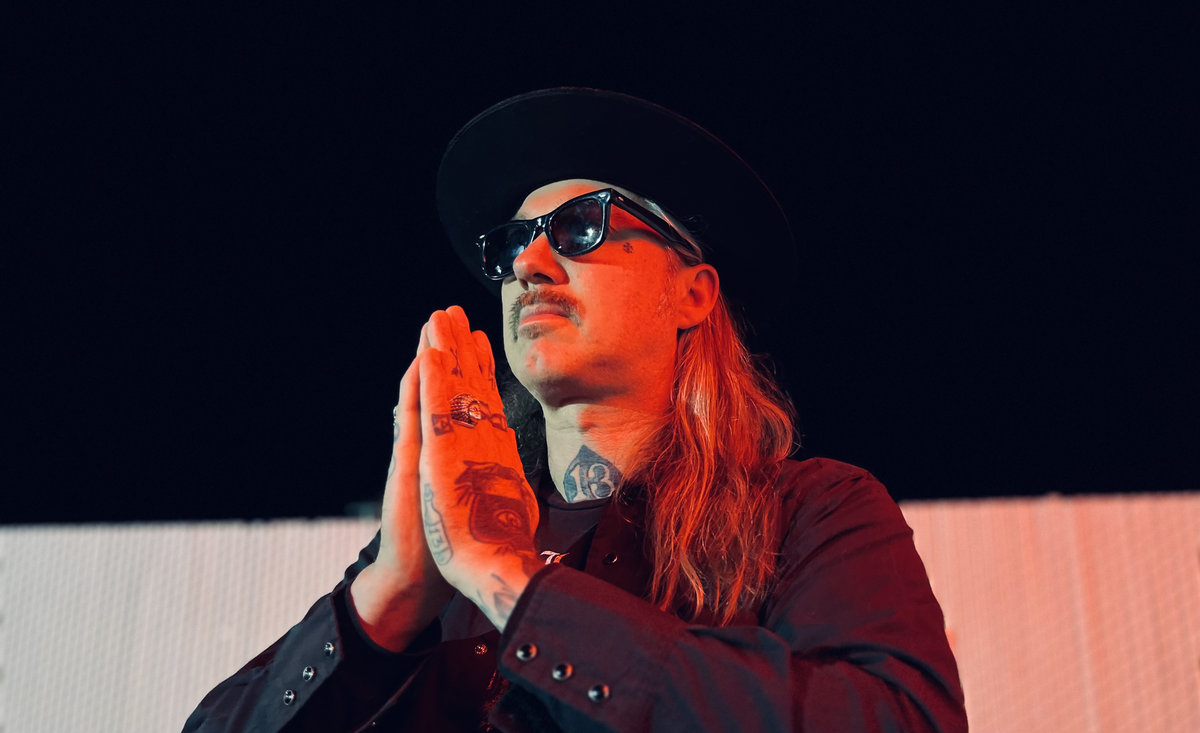
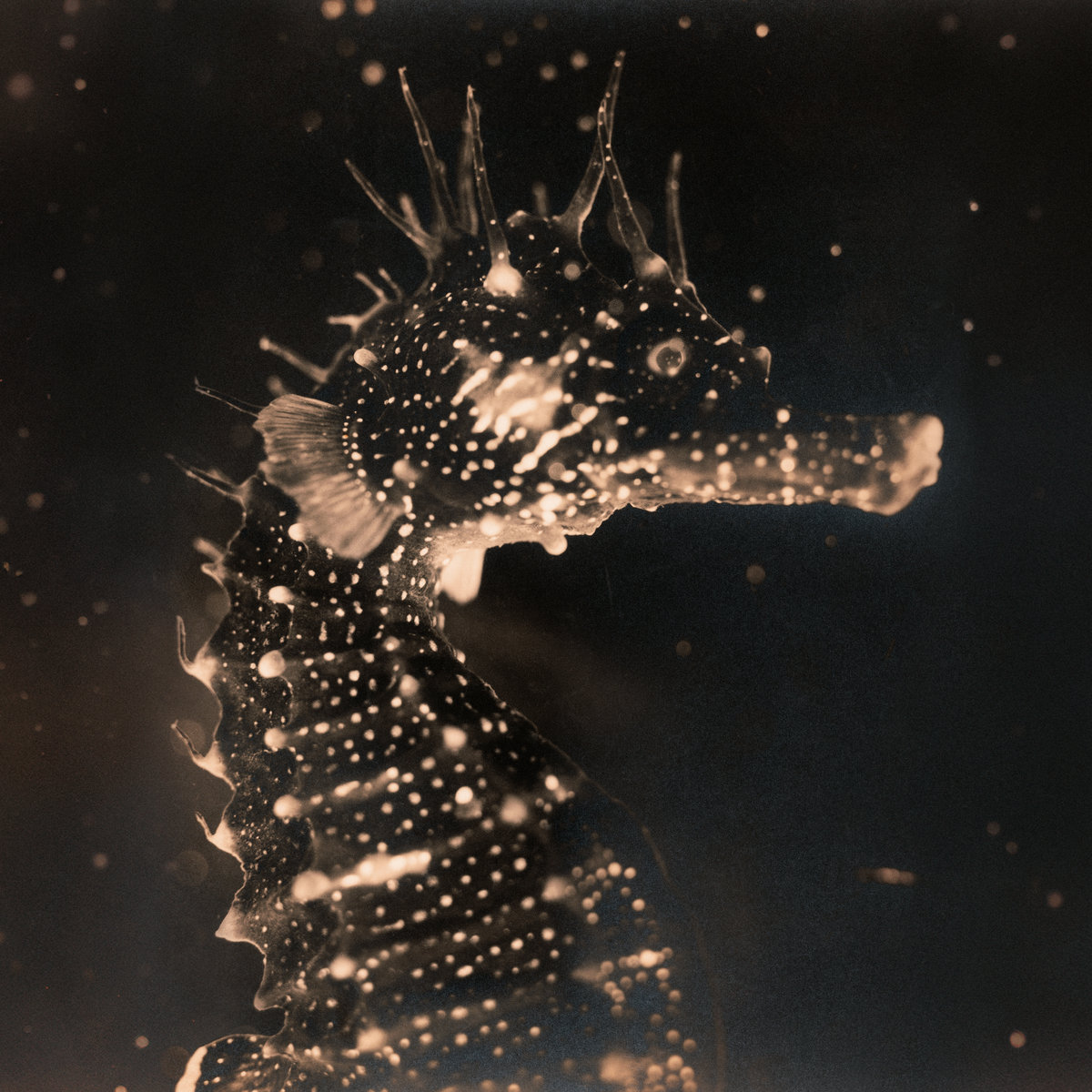
Just about to download thanks to Bandcamp. Then original missed them. I think I was in a different hole until the goth revival later. B4 that Curve, Garbage, L7.